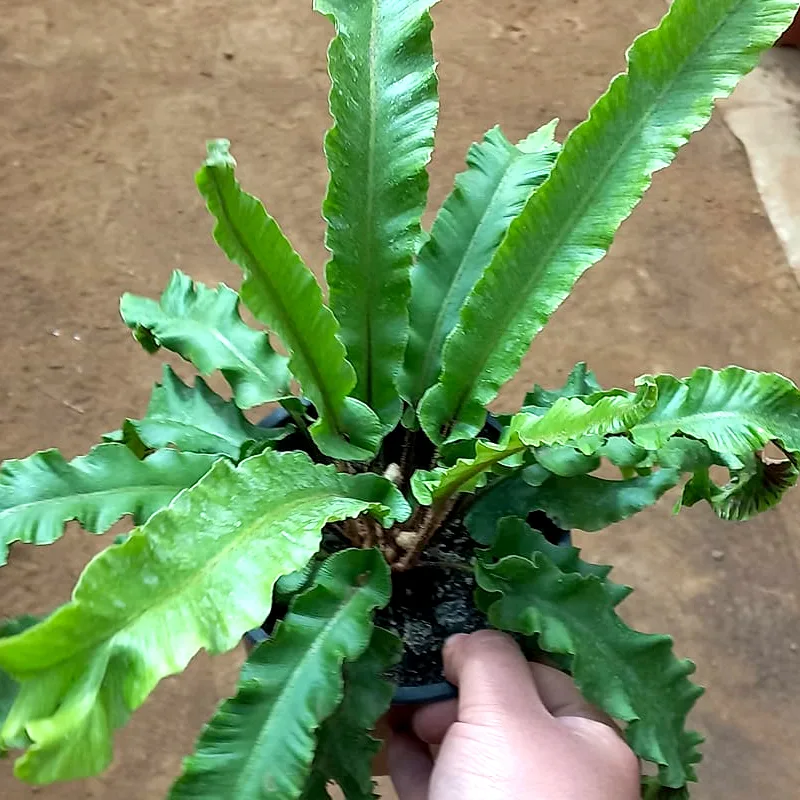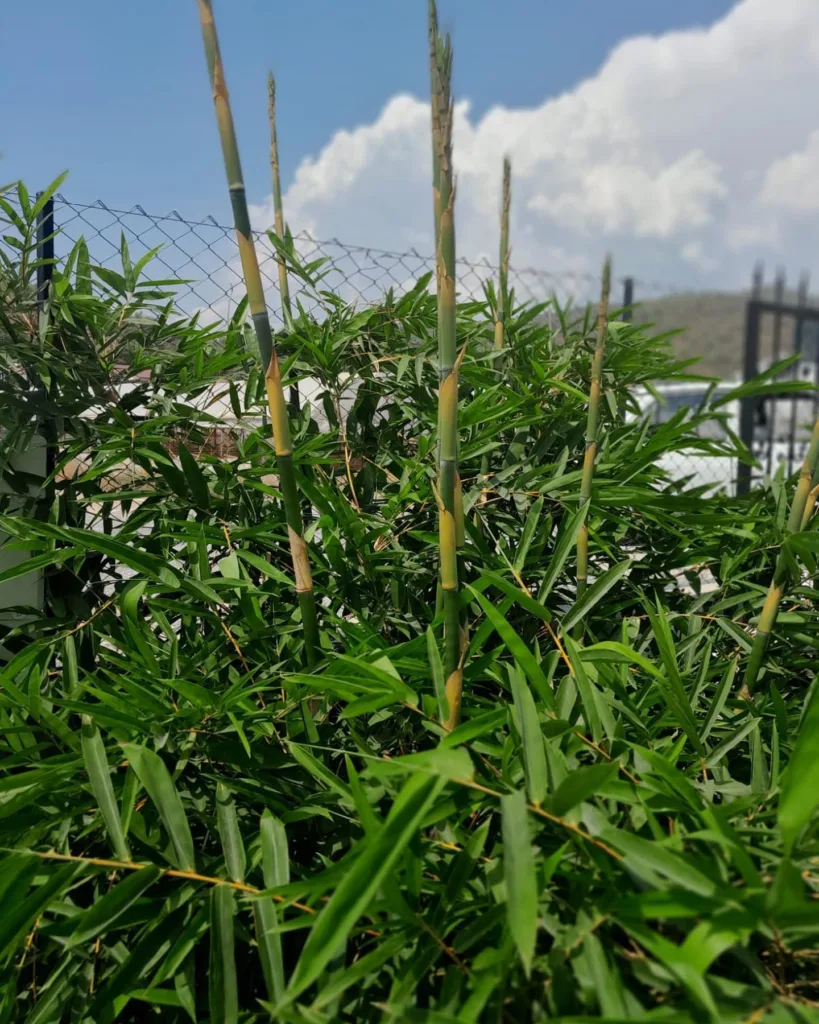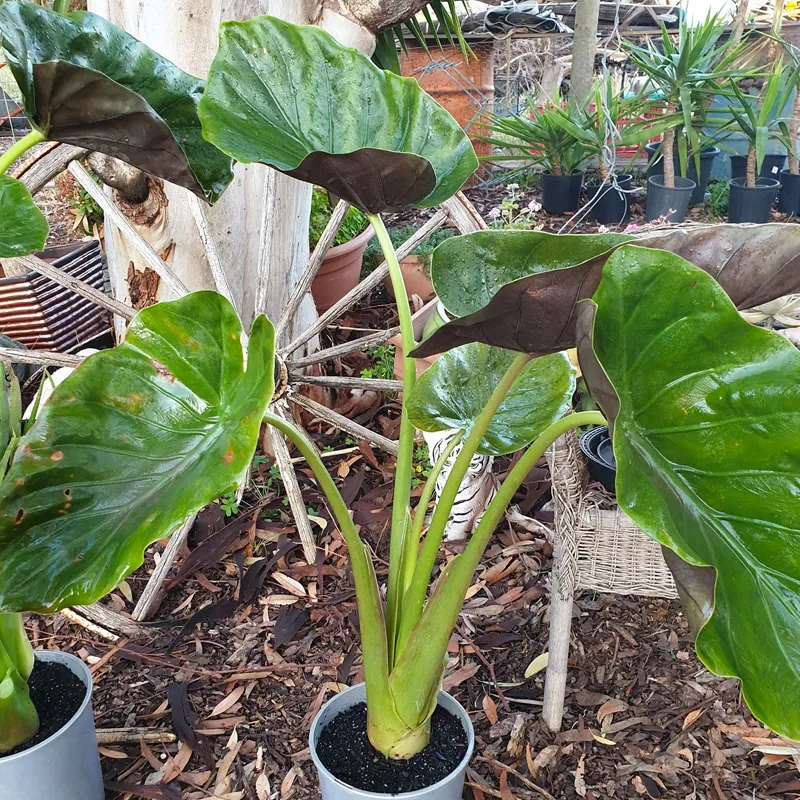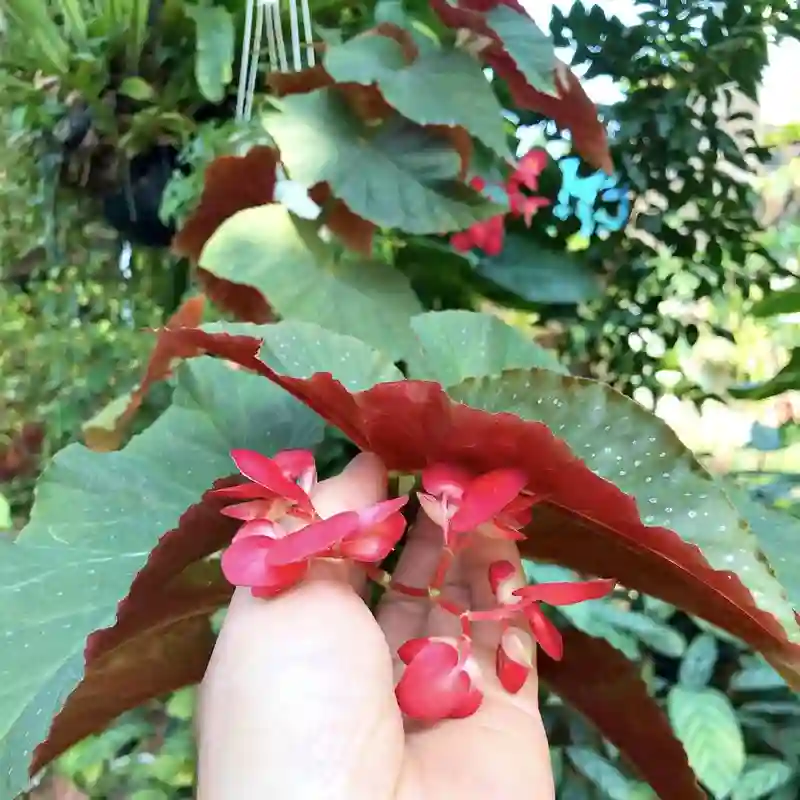Yucca Pallida: The Low-Maintenance Beauty for Your Garden
As a landscape designer, I come across a lot of plants, each with its own unique charm. But some truly stand out for their ease of care and striking presence. The Yucca pallida, also known as the pale yucca, is one such plant.
This native Texan has become a favorite for gardens across the country, and for good reason. Let’s delve into some of the most common questions I get about this spiky wonder.
54 Species in Genus Yucca
What is a Yucca Pallida?
The Yucca pallida is a flowering succulent belonging to the Asparagaceae family. It’s known for its rosettes of sword-shaped leaves that range from a pale blue-gray to a soft sage green. Unlike some yuccas, the pallida’s leaves tend to be straighter and less curved.
This drought-tolerant beauty thrives in hot and dry climates, making it a perfect choice for water-wise gardens. It can reach a mature height of around 2 feet with a spread of 3 feet, adding a touch of architectural interest to your landscape.
How to Care for Your Yucca Pallida?
Taking care of a Yucca pallida is about as easy as it gets. Here’s what you need to know:
- Light: Full sun is ideal, but it can also tolerate some part shade.
- Water: This is a low-water plant. Water deeply when the soil feels dry to the touch, but avoid overwatering.
- Soil: Well-draining soil is key. Sandy or rocky soil is perfect. You can even amend your existing soil with sand or gravel to improve drainage.
- Fertilizer: Feeding your yucca isn’t necessary, but a light application of balanced fertilizer in the spring can give it a boost.
Planting Your Yucca Pallida
Planting your yucca is a breeze. Choose a location with well-draining soil and plenty of sun exposure. Dig a hole slightly larger than the root ball and plant your yucca at the same depth it was in the container. Water it thoroughly after planting and then follow the watering guidelines above.
Common Yucca Pallida Questions
Here are some of the questions I get most often about the Yucca pallida:
- Does Yucca Pallida flower?
Yes, it produces beautiful white or cream-colored flowers on a tall stalk in the spring or summer. The flowers are bell-shaped and can reach up to 3 inches long. - Is Yucca Pallida cold hardy?
Yes, it’s quite cold tolerant. It can withstand temperatures down to around -10°F. - Is Yucca Pallida safe for pets?
Unfortunately, the leaves of the Yucca pallida can be toxic to dogs and cats. If you have pets, it’s best to plant this yucca in a location they can’t access.
Yucca Pallida vs. Other Yuccas
There are several other yucca species available, each with its own unique characteristics. Here’s a quick comparison of the Yucca pallida with two common varieties:
- Yucca filamentosa (Adam’s Needle): This popular yucca has white, thread-like filaments along the edges of its leaves. It’s generally larger than the Yucca pallida and may require more space in your garden.
- Yucca glauca (Soap Yucca): This variety has wider, stiffer leaves than the Yucca pallida. Its historical use in making soap gives it its common name.
The Yucca pallida is a great choice for those looking for a low-maintenance, drought-tolerant plant with a touch of elegance. Its beautiful foliage and striking flowers make it a valuable addition to any garden.
So, if you’re looking for a plant that thrives on neglect and adds a touch of desert charm to your landscape, the Yucca pallida might be your perfect match.
If i die, water my plants!



